The final solution below (clickable):
Falling out of love
Creating Turo’s first identity product
Scale of impact
Every single Turo trip
Role
Lead designer
The Team
Me, a PM, a dev team
The problem
Hosts weren’t always checking driver’s licenses before handing over their car keys to their guests - causing unnecessary legal issues, loss, and in some cases, death. They had no way of doing it in product.
We could see finish line
We had done it! We were about to ship an experience that was IDEAL. It was ready to go!
Essentially we’d use tech to verify a guest’s license automatically, so a guest could simply show up and pick up their car free of any hassle. After several months of stakeholder alignment, design discovery, usability testing, and engineering scoping, we had our big beautiful solution.
But then our CEO changed his mind
Two weeks before development would start, our CEO decided on some crucial budget cuts, which meant we could no longer afford our identity vendors; Our big beautiful solution was now beautifully (and financially) unfeasible.
What we did about it
We needed a new backup STAT
Instead of using expensive automated tech to analyze guest licence photos for validity, we’d use our most valuable resource, our hosts, to verify guest licenses. This was far from ideal and for sure contained drawbacks, but it was extremely cheap, fast, and limited our risk drastically. (Note: This would also limit a host and guest risk in case of an accident or incident).
The answer came from an engineer
I led a few brainstorming sessions with our engineers and PM to determine what we could do to salvage the situation. A developer suggested we create a manual version of what we had proposed being done automatically through our vendor. It was a genius idea for many reasons: It would only cost us developer time(no vendor fees), we could reuse 85% of our designs, and we could develop it quickly.
The new solution
Instead of using expensive automated tech to analyze guest licence photos for validity, we’d use our most valuable resource, our hosts, to verify guest licenses. This was far from ideal and for sure contained drawbacks, but it was extremely cheap, fast, and limited our risk drastically. (Note: This would also limit a host and guest risk in case of an accident or incident).
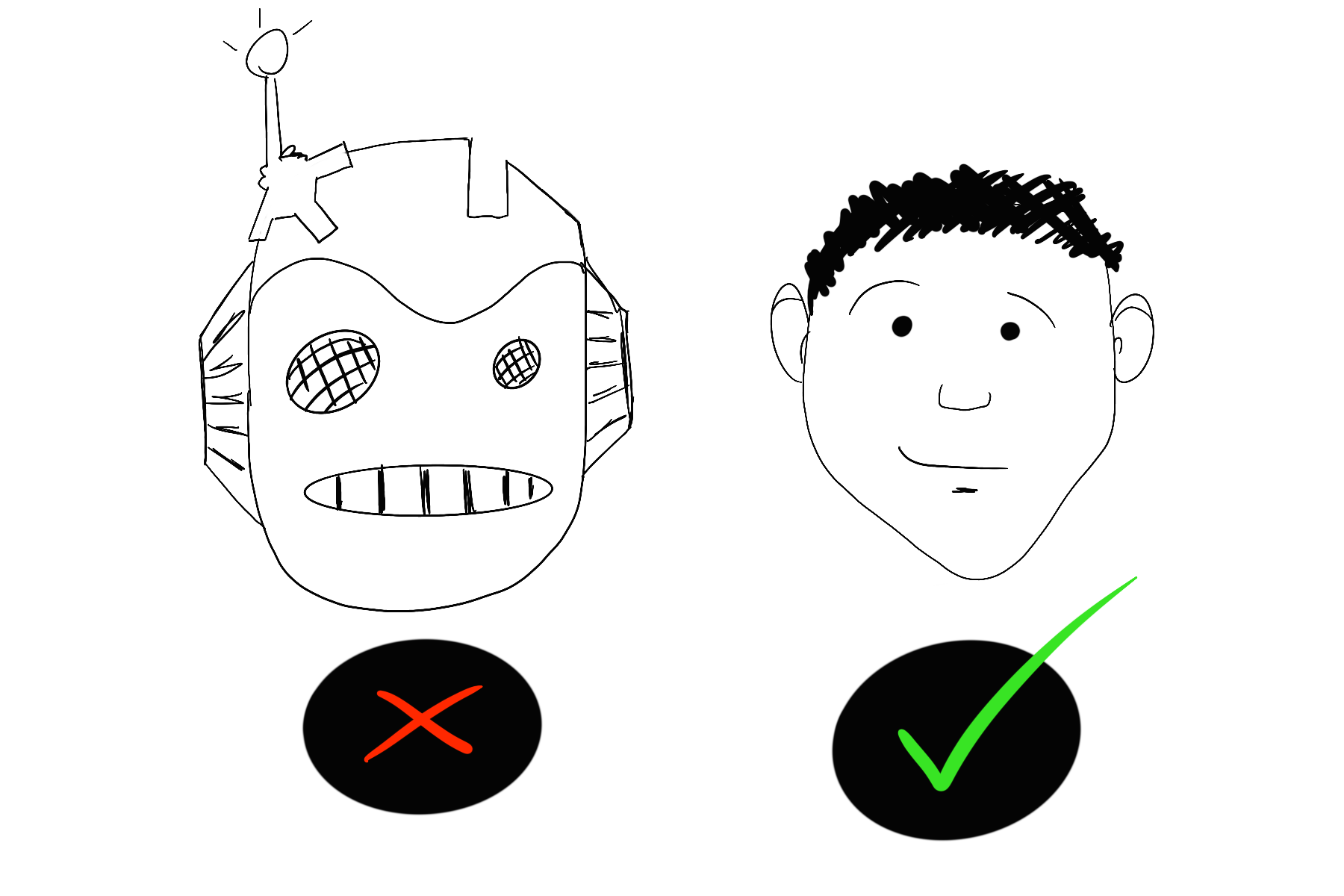
How would it work?
On each trip, a guest would be prompted to take both a selfie and a photo of their license and then we’d transmit these photos to their host who would confirm it matched what we collected when they booked.
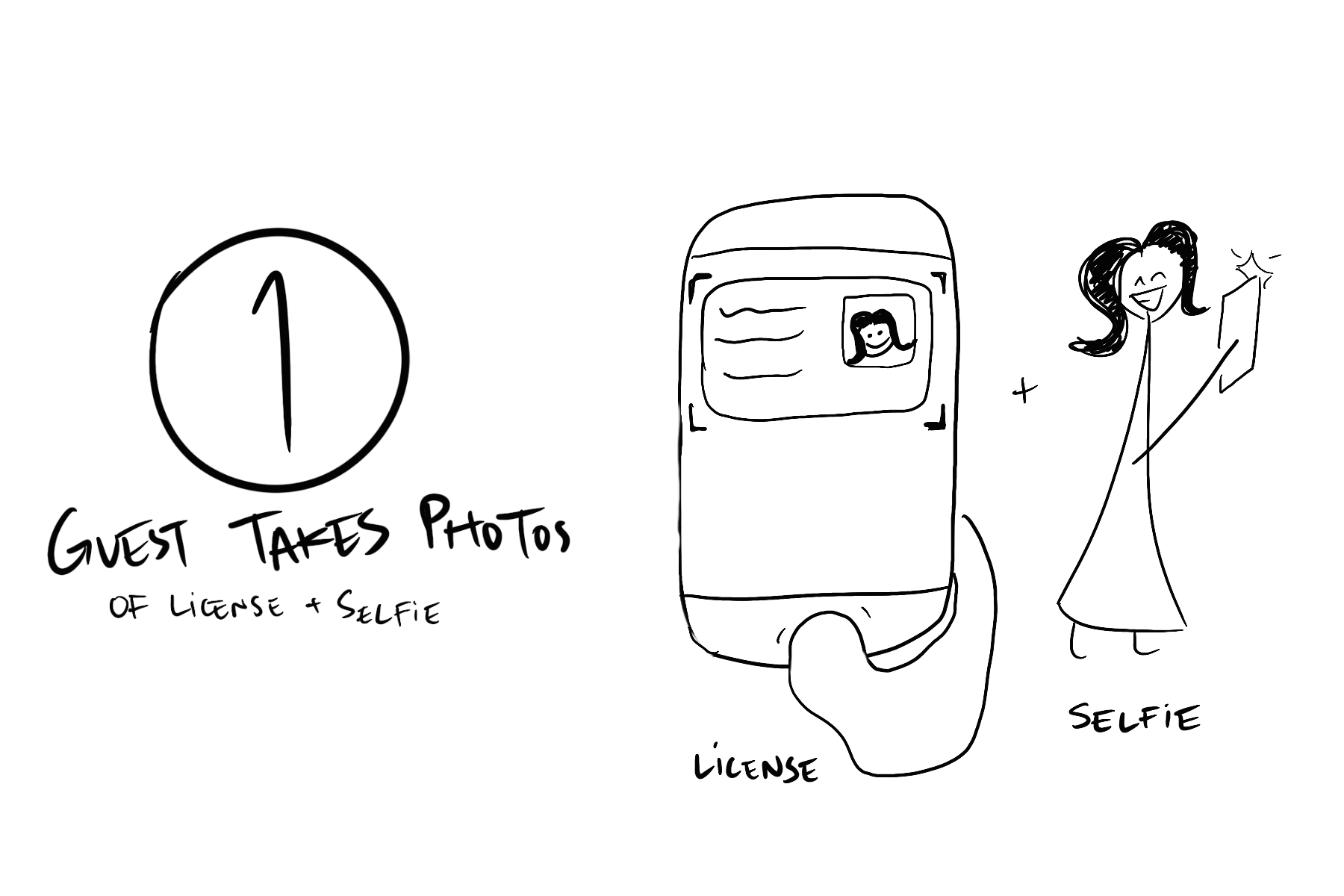
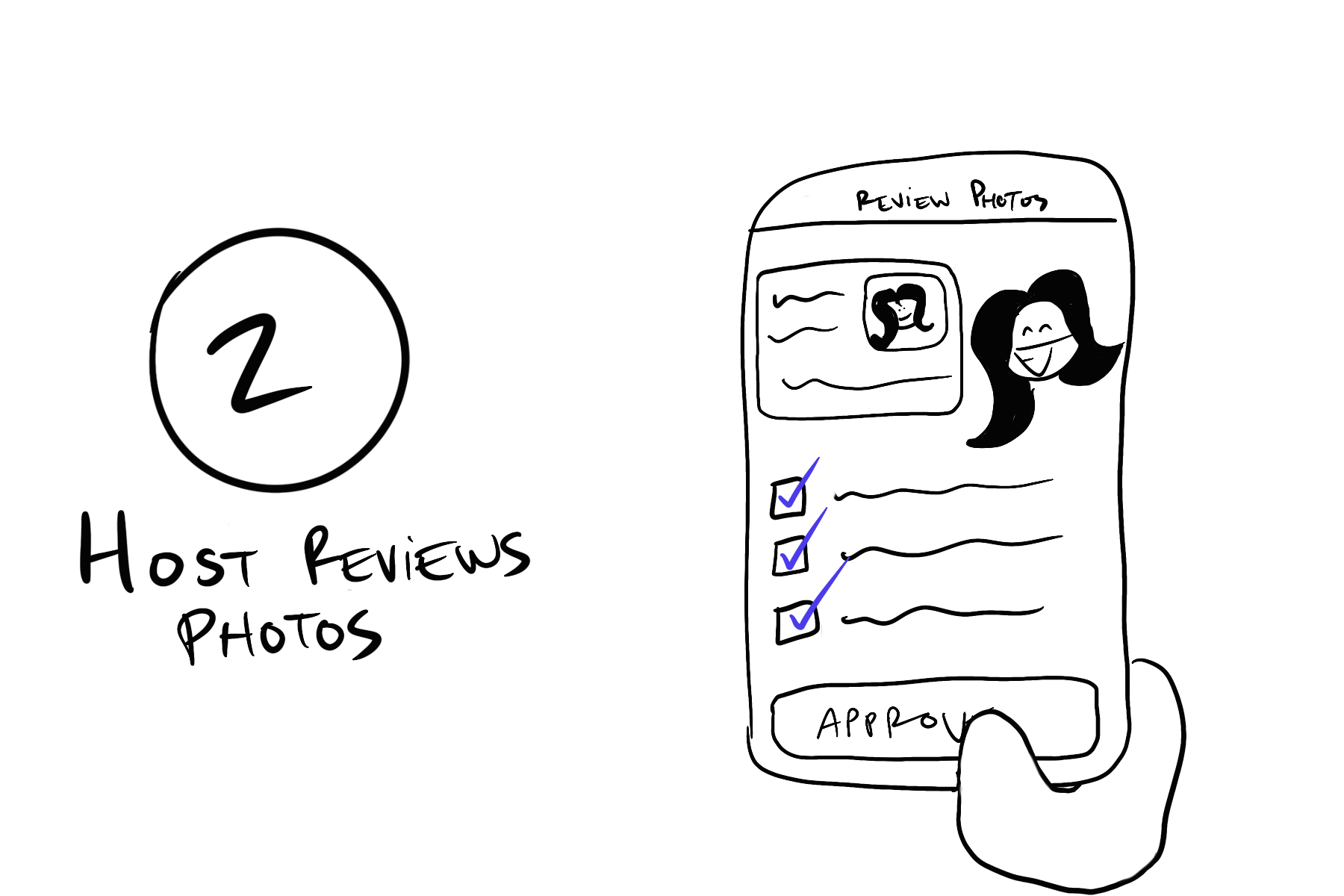
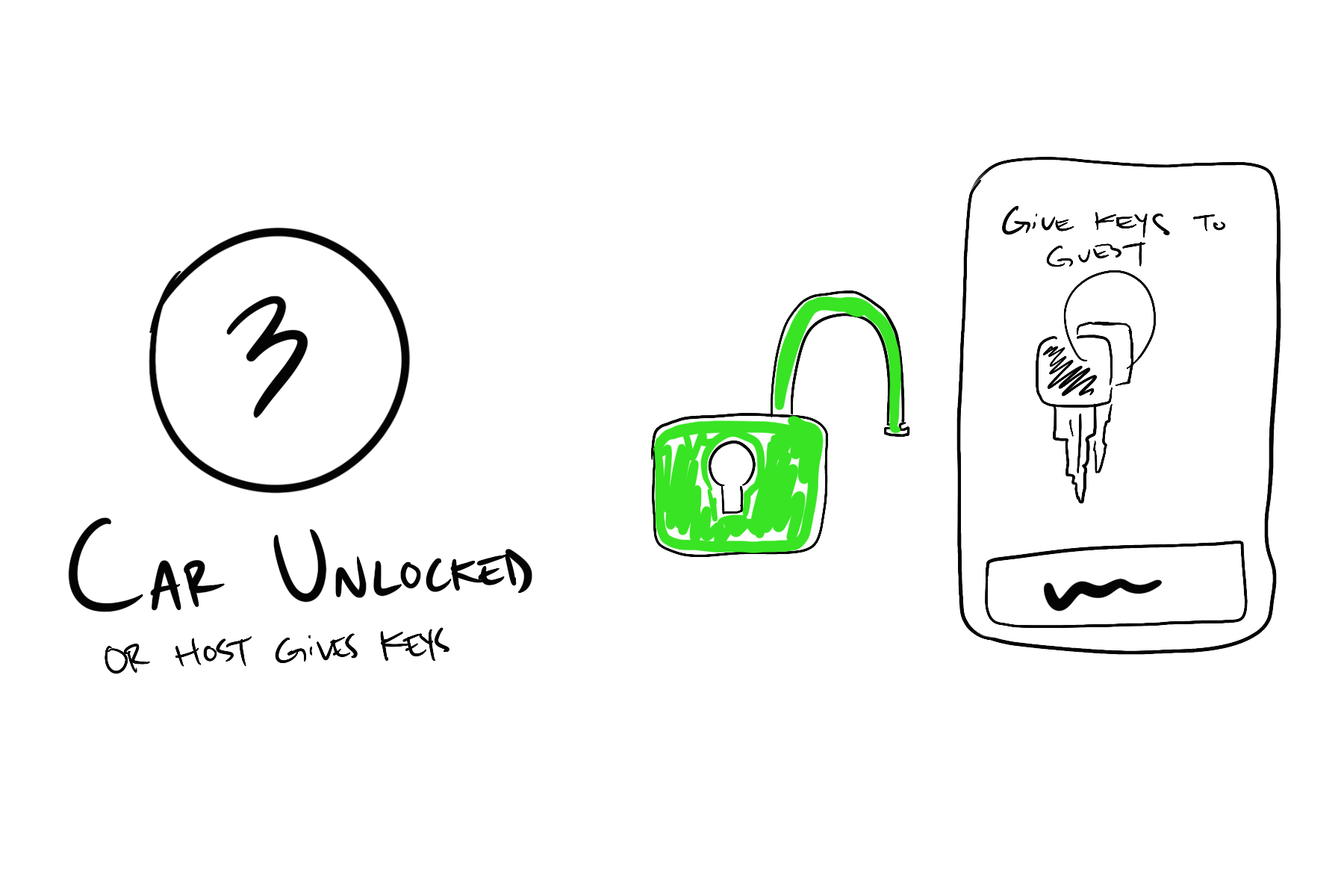
Hi-Fi designs
Since I had already designed a more automated version of this, it didn’t take too much effort and testing to get it ironed out and ready to build. These are only a taste of all the screens/states for this. This was an XL product release - just giving you a taste.
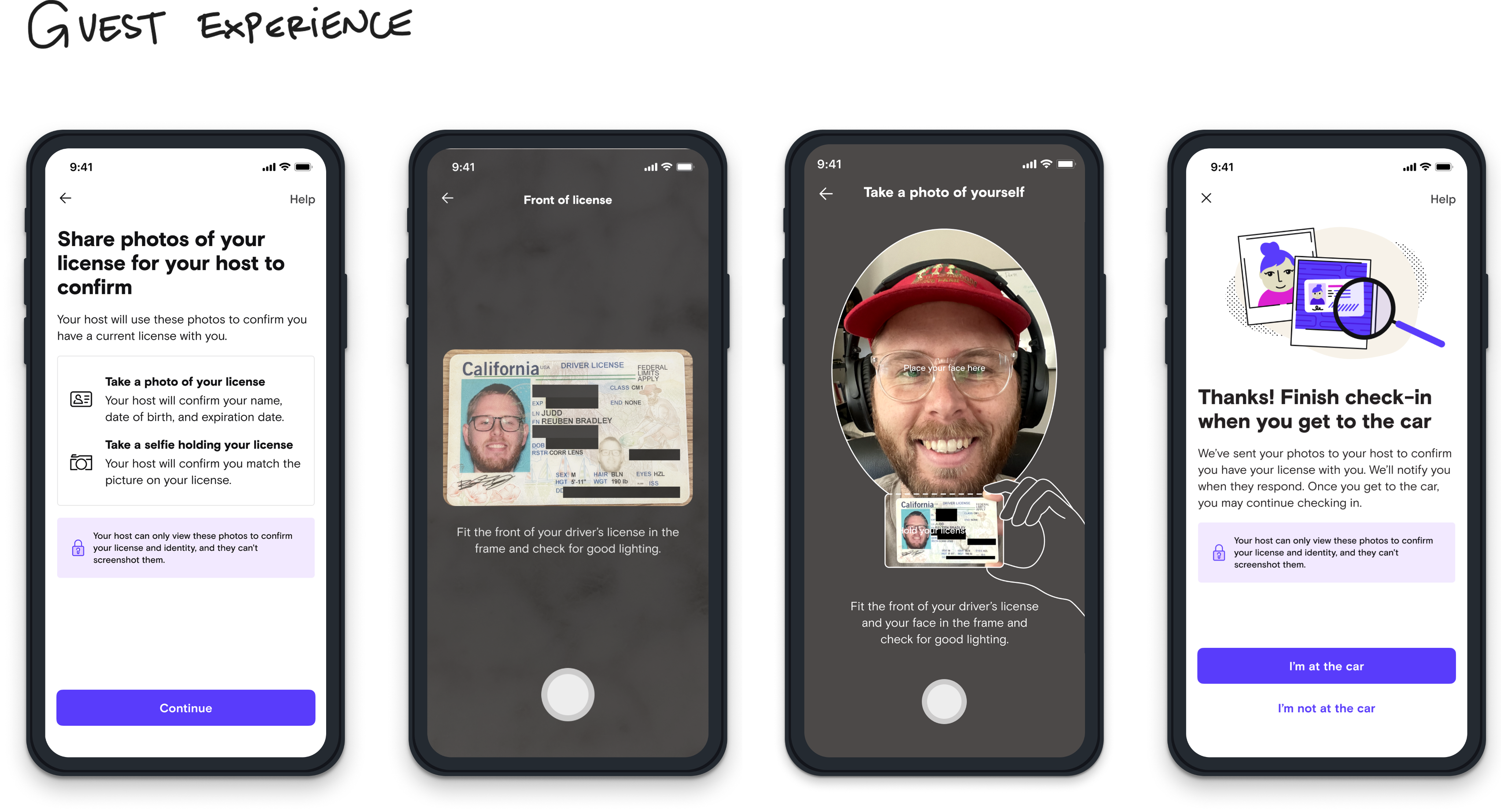
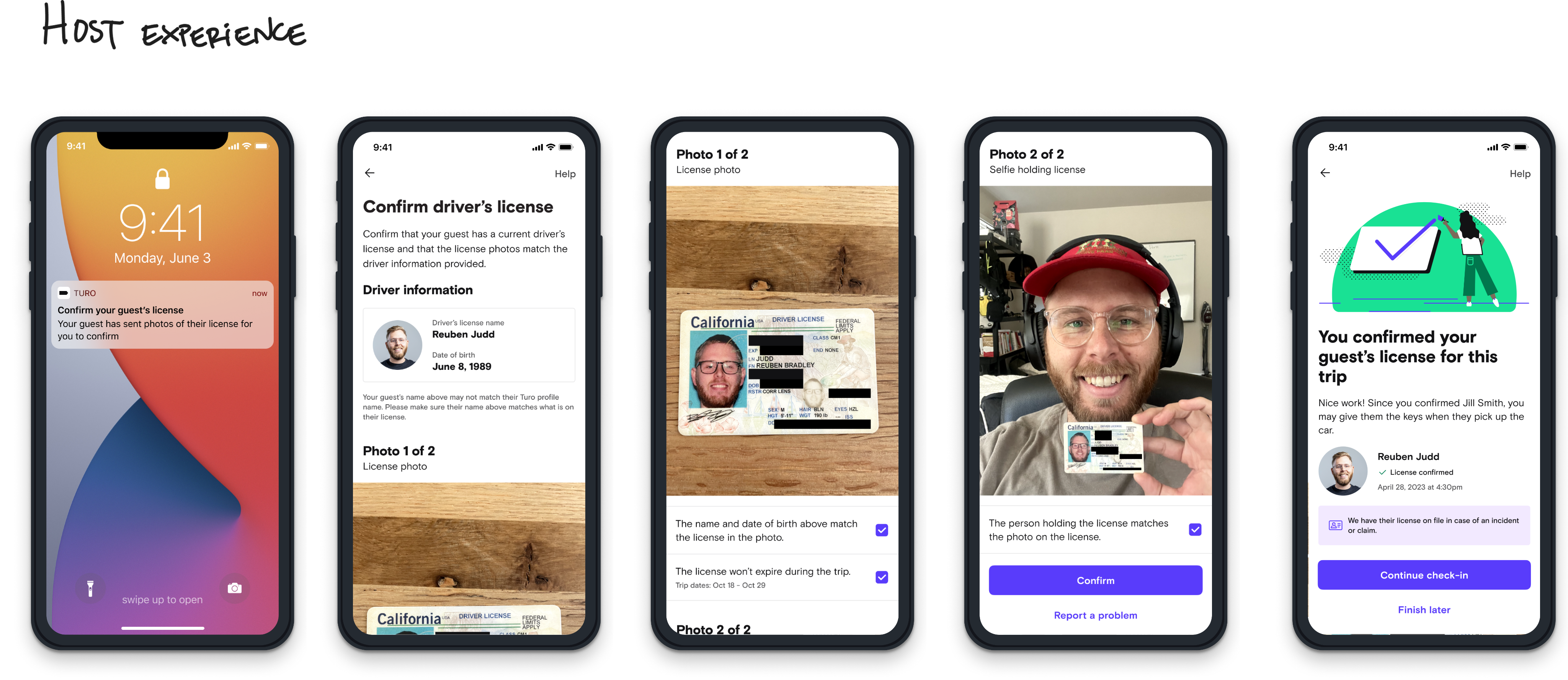
The result

We achieved a 90% compliance rate in the first month - meaning 90% of trips had a verified license check event recorded. Over the next couple of months, we’d increase this to a 97-99% rate depending on the week. Having a licence check recorded for this proportion of trips was a huge deal because it meant Turo and our hosts were less at risk in the case of accident or incident. It was a fraction of the original price, and in half the time.
While it wasn’t IDEAL, it certainly was exactly what we needed.
(This was technically released as an optional feature. Meaning it COULD technically be skipped by a host or guest. However, we designed it in a way that helped guests and hosts see the benefits of opting in, and made it behave similar to a required step)
Lessons learned
Be skeptical of BIG bets
When working in start up mode, I’ve learned to be skeptical of big bets. If you feel like you might be stretching too far, you likely are. It isn’t that we shouldn’t try for big improvements or design for the ideal experience, but that we must operate under the constraints we have.
Suitable > Perfect
There is no such thing as perfect. Its pursuit will eat you alive if you let it. Aim instead for solutions which are well-matched, or impressively suitable to their constraints.
Be a value hound
Challenge yourself. Once you’ve found an ideal experience, you can likely achieve 80-90% of that ideal experience with much less effort with a few tweaks (at least in my experience). So search for those opportunities and pursue them, because therein lies the value and impact you’re trying to find. Bonus - tap your devs for ideas cuz they gottem.
Operating in complex and changing environments
I’m used to operating within complex constraints that are constantly changing. Getting the rug pulled out from under a perfect solution is routine at this point. I’m used to it, and I understand there are important reasons why they can’t be delivered.
